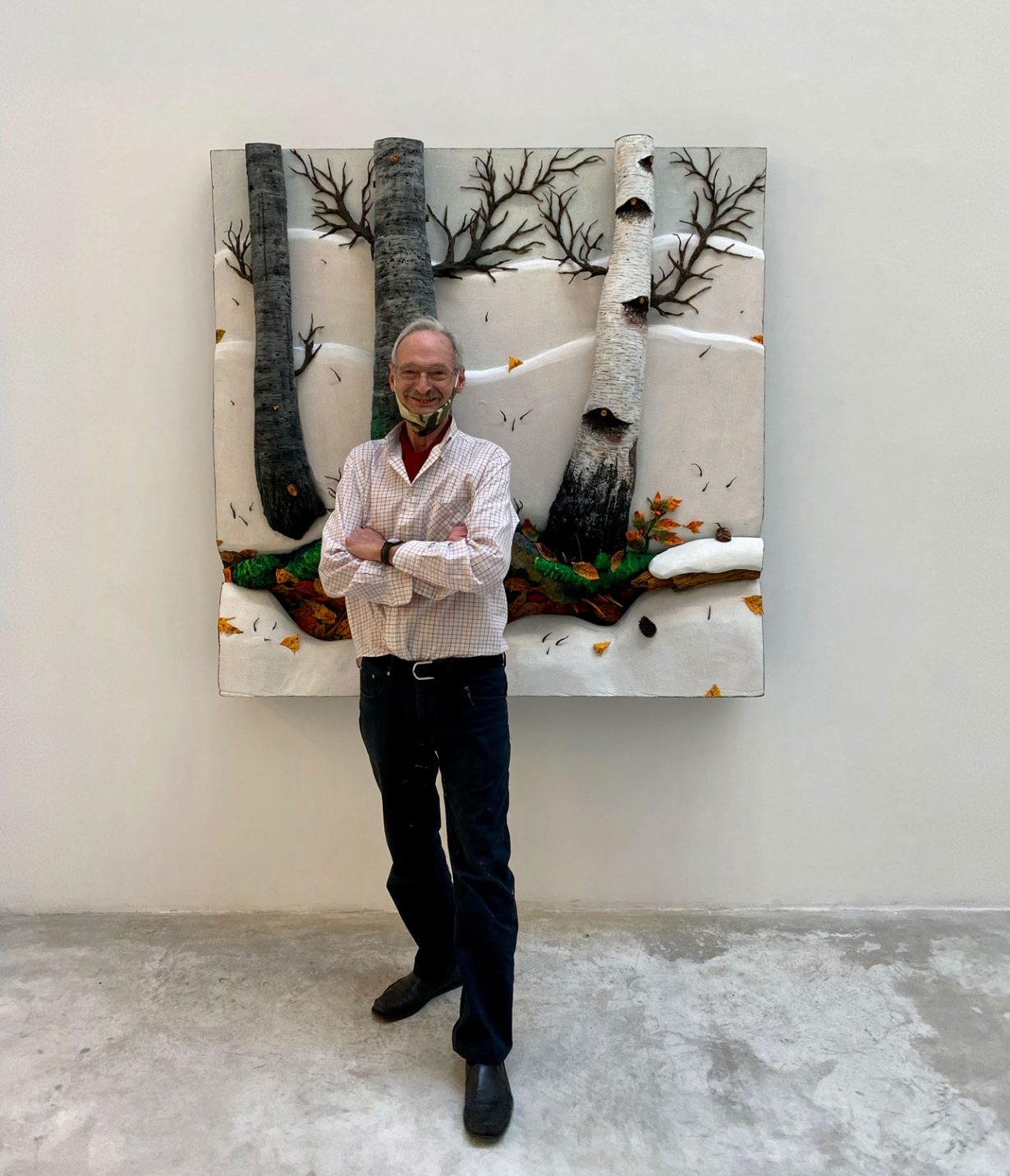
Piero Gilardi, the Italian Arte Povera artist best known for his ‘Nature Carpets’, has died. He began his most famous works in 1965, floor sculptures that recreated sections of natural landscape in carved polyurethane foam which was in turn saturated with vinyl resin, and later, in rubber latex. In Terreno di montagna (1967), a four metre stretch of carved foam recreates an alpine landscape in which patches of snow recede to reveal moss and rocks, with croci beginning to bloom among it; works featuring seascapes, beaches and forest carpets followed. He intended them to be walked over, sat on or even slept on.
While Gilardi’s name is among those checked in Germano Celant’s manifesto that coined the term ‘Arte povera’ – alongside the likes Jannis Kounellis and Michelangelo Pistoletto – the artist was as influenced by questions of Land Art, having moved to the US for several years in the later 1960s, and Antiform Art; as well as, most importantly, a deep-rooted ecological concern. The artificial mimicry of nature ran through his practice with the artist developing vitrines of faux foliage, fruits and flowers, often alongside protest art against the industrialisation of agriculture.
In the 1970s he took a break from the studio for work as a critic and political organiser, touring left-wing collective actions in Nicaragua and the Indian reservations in the United States, as well as in various African countries.
Returning to art making in the 1980s, alongside more sculpture, in 2003 Gilardi developed the Parco Arte Vivente (Park of Living Art) in a working class neighbourhood of Turin, featuring earth works by artists including Dominique Gonzalez-Foerster and Lara Almarcegui. In 2012, a large survey show of his work toured from Turin’s Castello di Rivoli to Van Abbe Museum, Eindhoven, and Nottingham Contemporary. In 2017, the MAXXI in Rome held a retrospective exhibition, Piero Gilardi. Nature Forever.